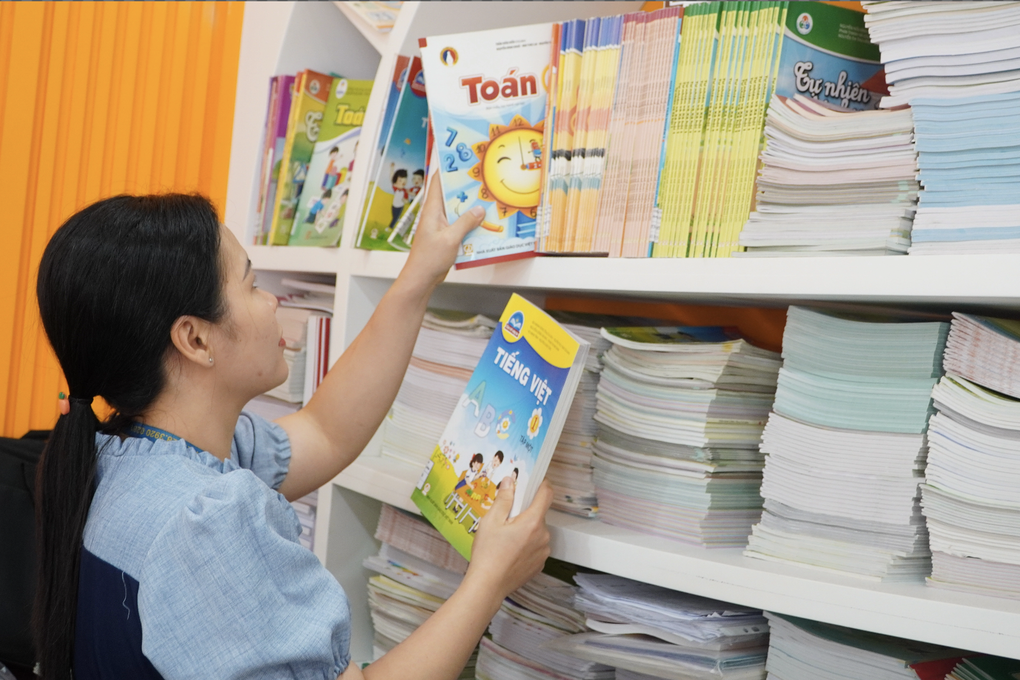
Teachers rearrange books in the library at Tran Hung Dao Primary School, Ho Chi Minh City (Photo: Huyen Nguyen).
Textbooks play a special role in general education . International experience shows that no model is perfect and each country's choice reflects its educational philosophy, social context and development goals.
Three popular models
The first model is a unified set of textbooks compiled by the State, as in China, Russia, Cuba, etc. The outstanding advantage is synchronization, convenient for management and examination, and at the same time ensuring fairness between regions. The limitation is lack of flexibility, slow adaptation to social change.
The second model is the socialization of many textbooks, typically in the US, Germany, Canada, and Australia. Publishers are free to compile according to the framework program; teachers and schools have the right to choose the appropriate set of books. This encourages competition, creates diversity and promotes creativity, but at the same time easily leads to inequality.
The third model is a hybrid model, typical in Japan, South Korea and Singapore. Many publishers participate in compilation, but the State still plays an active role in core subjects such as history, language or civic education.
Advantages and disadvantages
A single set of textbooks helps unify the whole country, preserve identity, reduce costs thanks to centralized printing, and facilitate testing and assessment. However, it is difficult to meet the different needs of regions, and does not encourage creativity and innovation in teaching methods.
On the contrary, many socialized textbooks bring diversity and flexibility, promoting the proactive role of teachers and schools. However, if not controlled, this model can easily lead to quality disparities and inequality in learning.
The hybrid model is considered a compromise, maintaining a common foundation while encouraging innovation. However, it comes with high governance requirements and the risk of overlapping choices.
For the multi-textbook model to work effectively, countries often set four conditions.
First, the national framework program is clear and ensures output standards.
Second, strict appraisal mechanism, preventing deviation and commercialization.
Third, teachers have the ability to select and use flexibly, not depending on a single book.
Fourth, financial support policy for students, especially students in disadvantaged areas, to avoid inequality in access to textbooks.
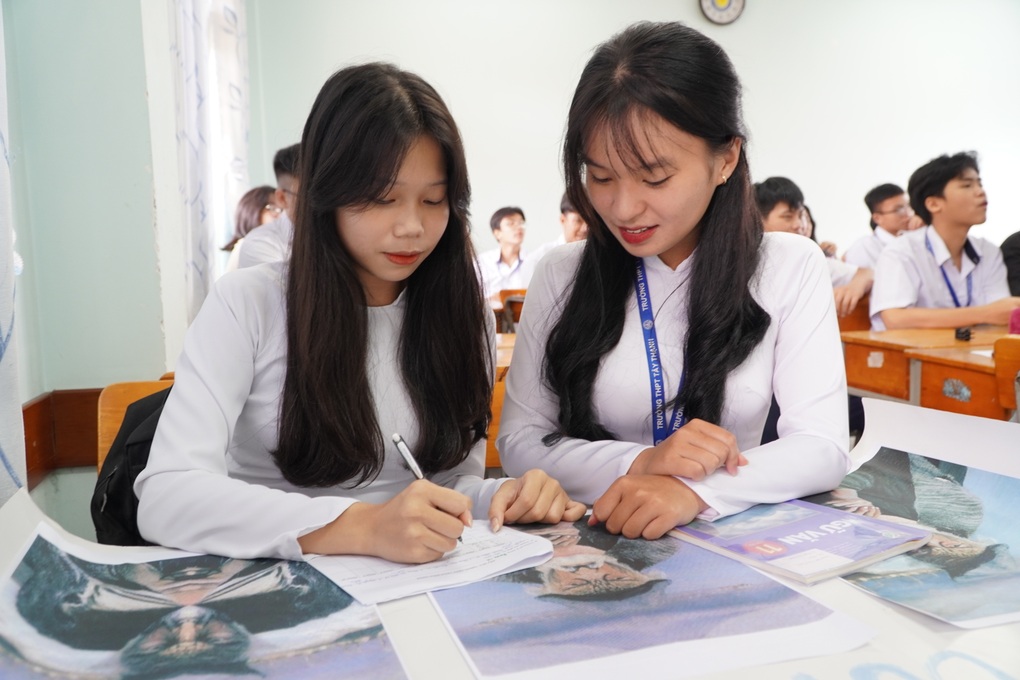
The 2018 general education program is implemented in the direction of one program with many textbooks (Illustration: Huyen Nguyen).
Why do many countries return to state textbooks?
Many countries once let the market completely decide textbooks but then had to return to a set of state books.
In Thailand, the difference in quality between textbooks has caused inequality, forcing the Government to develop standard textbooks.
Similarly, Indonesia once left the market to float, but the price of textbooks increased, making them inaccessible to students in remote areas. As a result, the Ministry of Education had to issue cheap national textbooks and free electronic versions.
The Philippines and Malaysia have also taken similar steps to maintain unity of values and ensure learning opportunities for all students.
International experience shows that, regardless of the model applied, the role of the State remains a key factor. An official set of textbooks compiled by the State is not only a national standard, but also a tool to ensure fairness, orient education, and preserve core values.
In emergency situations such as epidemics or natural disasters, the State textbooks also allow for quick and simultaneous distribution, ensuring the continuity of teaching and learning.
Reality shows that no textbook model is perfect. A single set brings unity and economy but lacks flexibility; many socialized sets create diversity but need tight control.
Therefore, many countries choose a neutral solution: allowing society to participate in compiling textbooks while maintaining the State textbooks. This is a way to balance innovation - fairness - efficiency, to serve the goal of sustainable education development.
Phan Anh
Source: https://dantri.com.vn/giao-duc/mot-hay-nhieu-bo-sach-giao-khoa-bat-mi-lua-chon-cua-cuong-quoc-giao-duc-20250818070801664.htm







![[Photo] The 18th Hanoi Party Congress held a preparatory session.](https://vphoto.vietnam.vn/thumb/1200x675/vietnam/resource/IMAGE/2025/10/15/1760521600666_ndo_br_img-0801-jpg.webp)
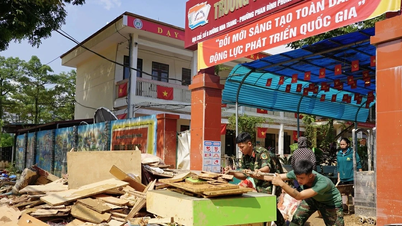

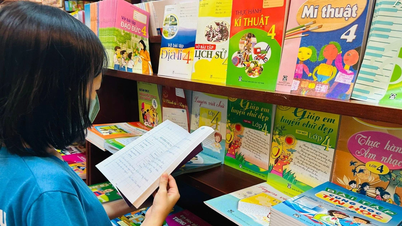
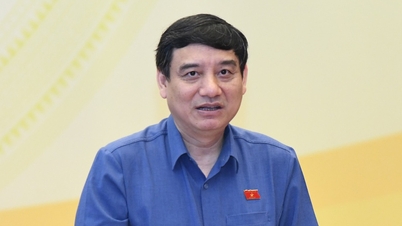





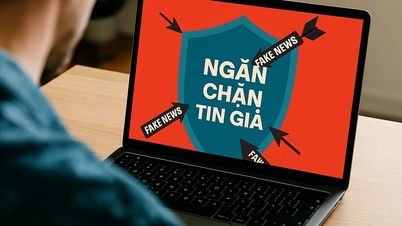

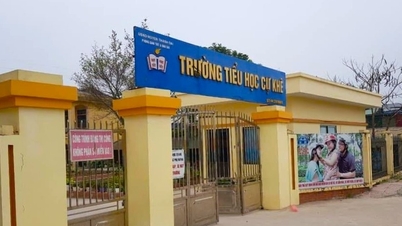


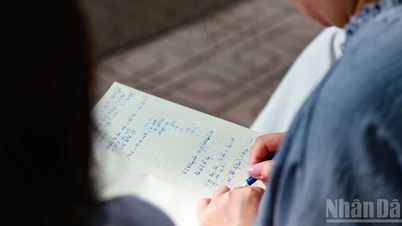



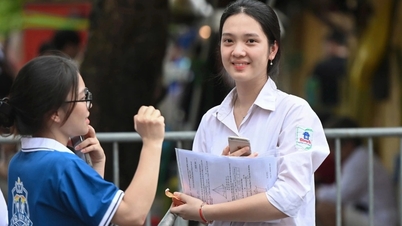




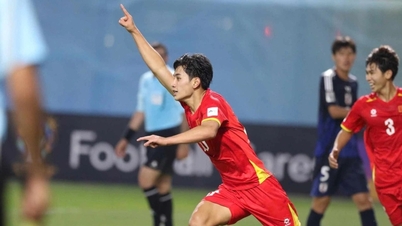
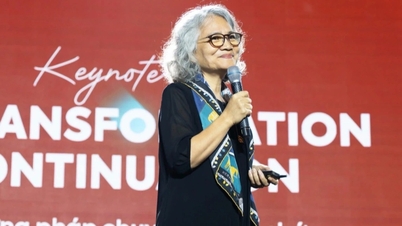
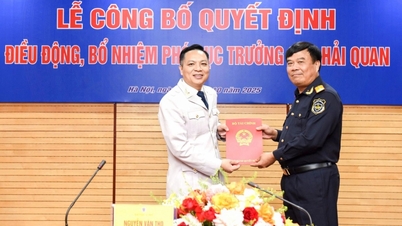




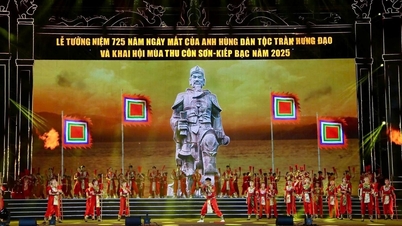

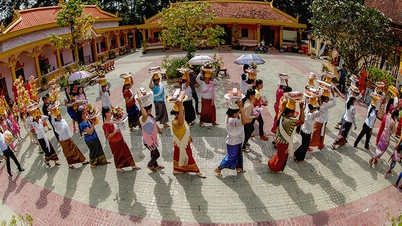

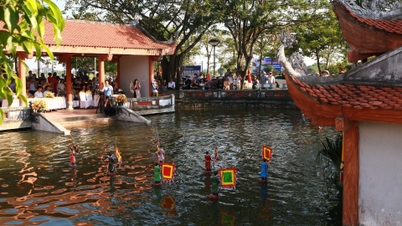
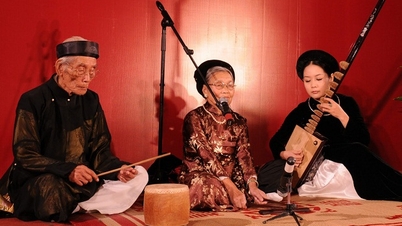



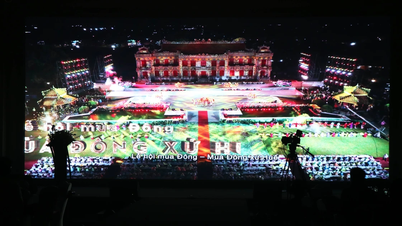
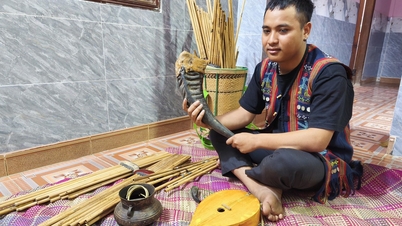

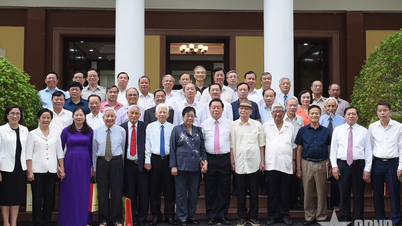

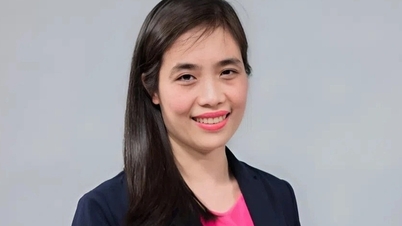



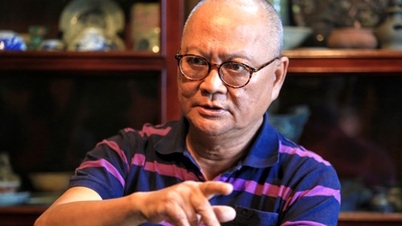
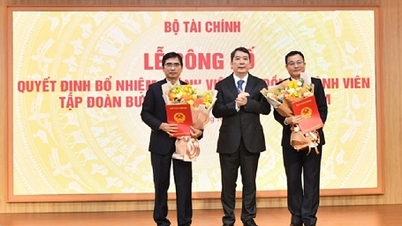

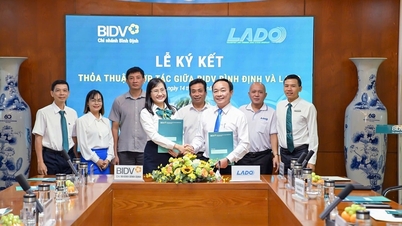

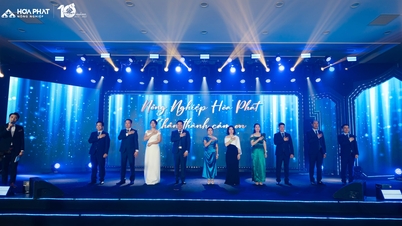


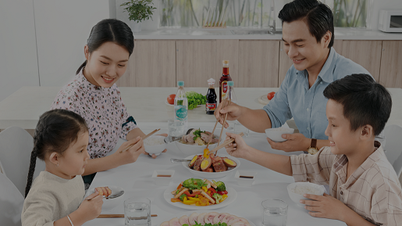






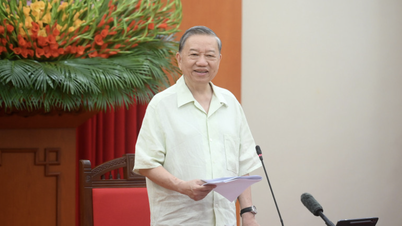
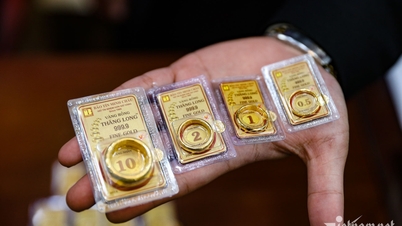
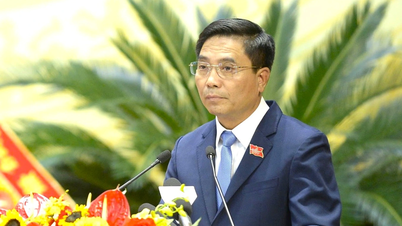
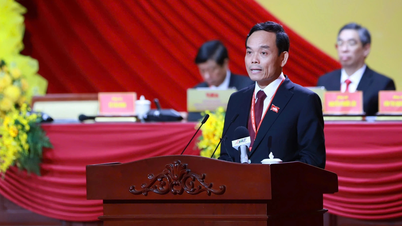
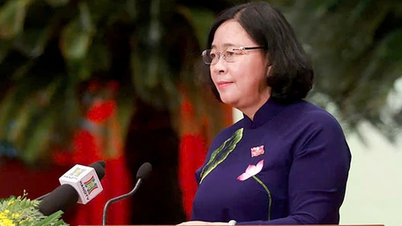
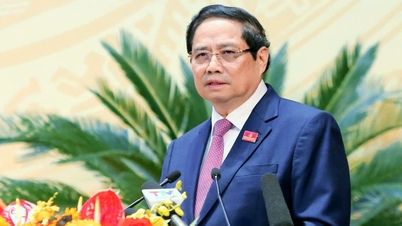
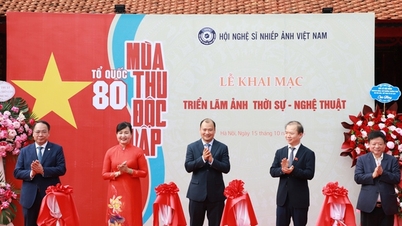

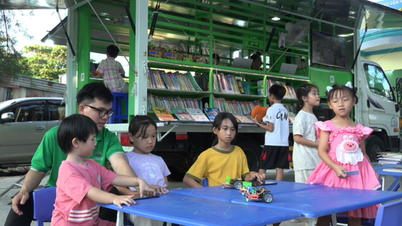
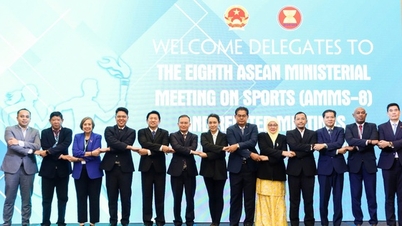
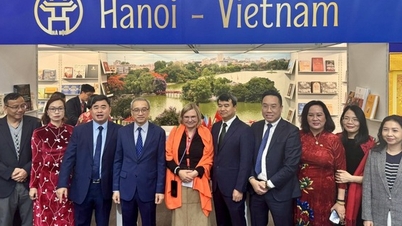
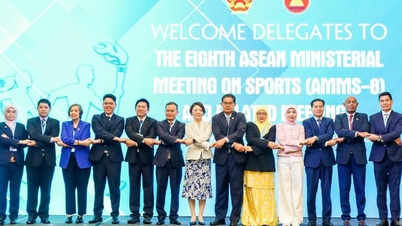
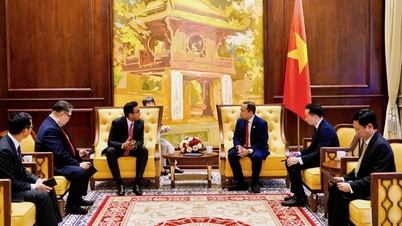

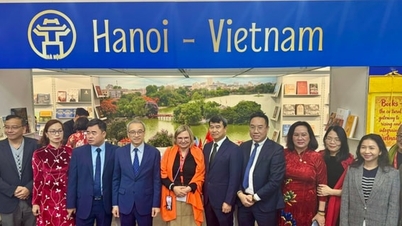

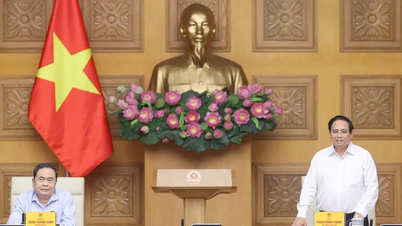

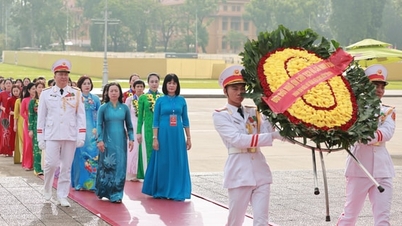
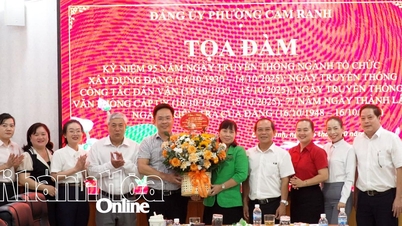

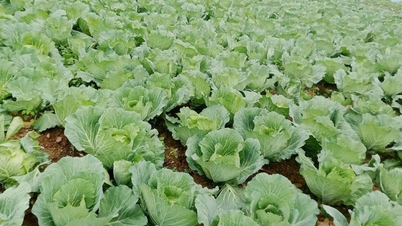

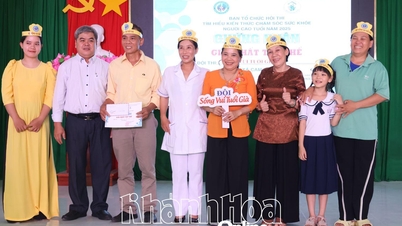






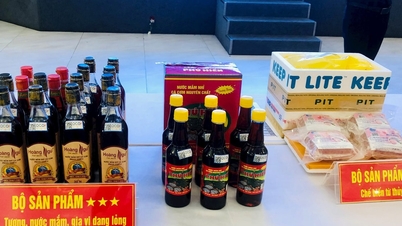








Comment (0)